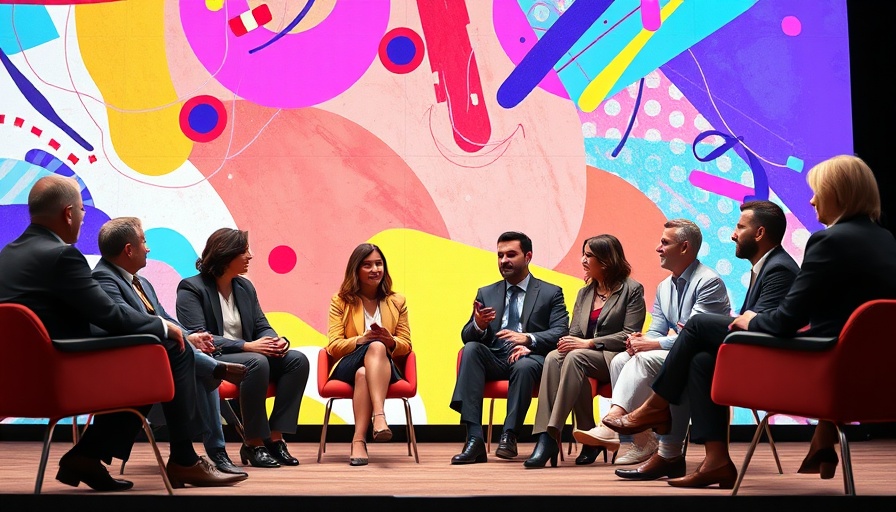
The Shift Toward Proactive Cybersecurity in Healthcare
The recent ViVE 2025 conference in Nashville, Tenn. highlighted a profound shift in the healthcare sector's approach to cybersecurity. Industry leaders, reflecting on the anniversary of the Change Healthcare ransomware attack, stressed the need to evolve from a reactive to a proactive security posture. Lisa Gallagher, national cybersecurity adviser at CHIME, pointed out that the Change Healthcare breach exposed more than just a ransomware risk; it unmasked vulnerabilities prevalent in the industry, as threat actors had infiltrated the network days prior to the attack.
Consequences on Patient Safety
This shift is not merely technical but carries meaningful implications for patient safety. Gallagher emphasized that failures in cybersecurity can lead to delays in critical healthcare processes, risking patient health. The ramifications of cyberattacks manifest in various ways, from issues with prior authorizations to emergency room slowdowns, affecting patient care on multiple levels.
Building Cyber Resilience
As Gallagher aptly noted, "Cyber resilience is not a buzzword but a strategy that healthcare organizations must consistently strive toward." This sentiment echoes the broader conclusions drawn by cybersecurity experts, including Chelsea Arnone of CHIME, who explained the advocacy efforts on Capitol Hill post-attack to mitigate financial impacts on healthcare entities. Arnone’s insights reinforced the need for ongoing education for policymakers and continuous communication within the healthcare community to create a more resilient infrastructure.
Lessons Learned from Change Healthcare Attack
The Change Healthcare attack was not an isolated event but rather part of a larger trend affecting the healthcare sector. Jason Taule, CISO at Luminis Health, pointed out that healthcare organizations must start thinking about their relationships with vendors. With a significant proportion of organizations connected to Change Healthcare, even those that believed they were unaffected found themselves impacted in unexpected ways. The call for healthcare institutions to identify their critical vendors and develop robust contingency plans has never been more urgent.
Looking Ahead: Cybersecurity Trends for 2025
As the landscape evolves, future predictions show that cybersecurity in healthcare will increasingly intersect with trends like the rise of telemedicine, integration of AI, and enhanced need for stringent regulations. Key trends indicate that a focus on Zero Trust architectures and understanding of IoT vulnerabilities will be paramount as organizations seek to secure their increasingly interconnected systems. This comprehensive approach to security will be vital to effectively guard against an estimated 92% of healthcare organizations experiencing some form of cyberattack in 2024.
Conclusion: Call to Action
It is clear that healthcare organizations are at a critical juncture. As they transition from reactive measures to proactive strategies, they must prioritize cybersecurity as a vital component of their operations. Building cyber resilience through education, planning, and collaboration with vendors will ensure that both patient safety and data integrity are upheld in an increasingly digital healthcare environment.
 Add Row
Add Row  Add
Add 




Write A Comment